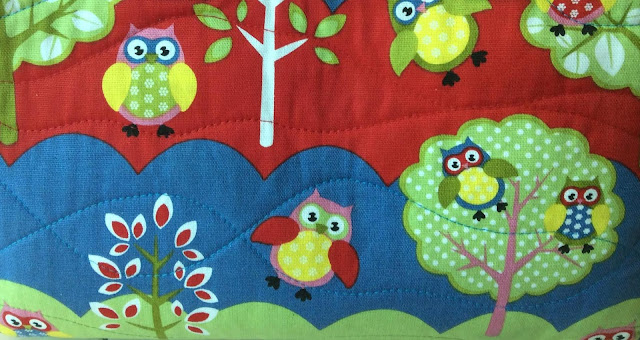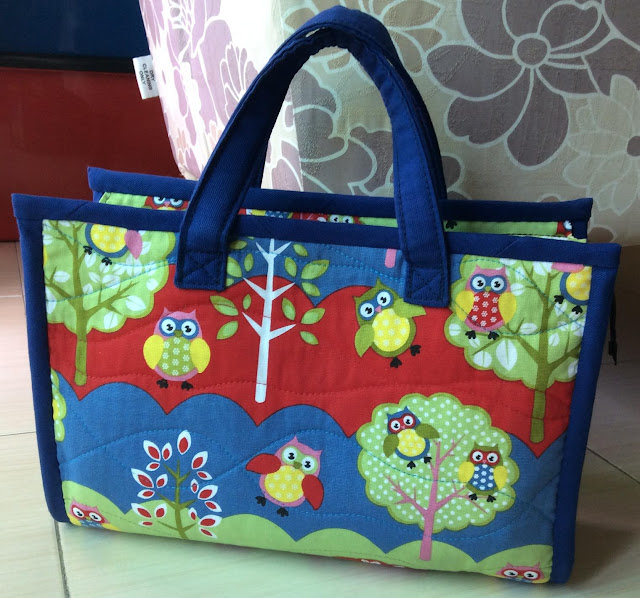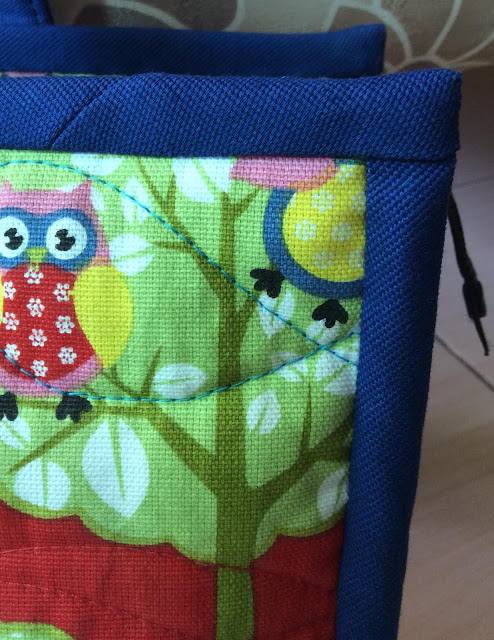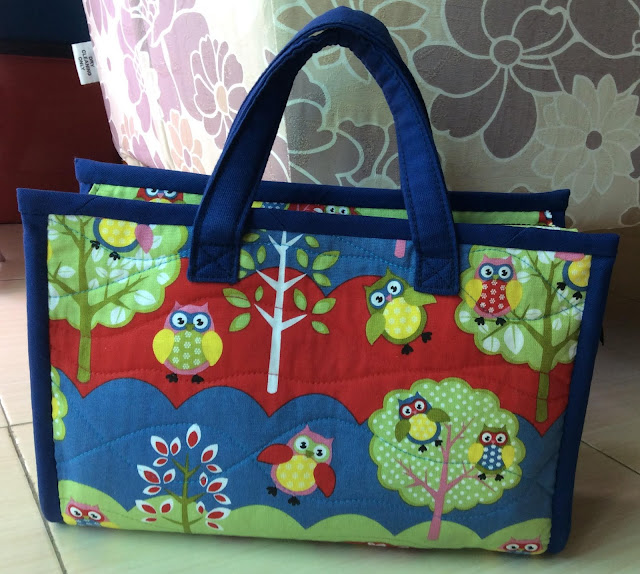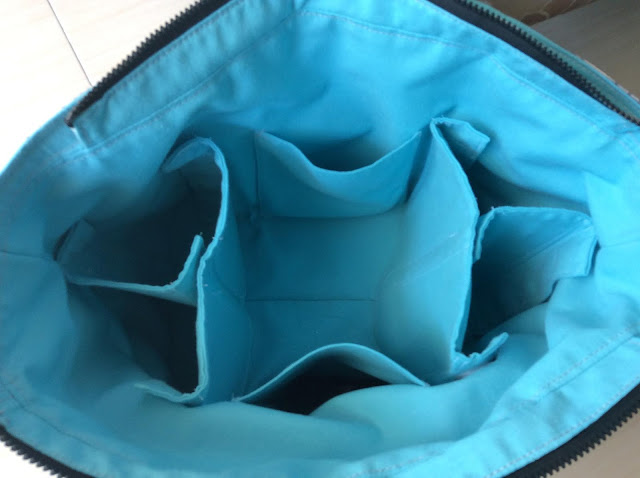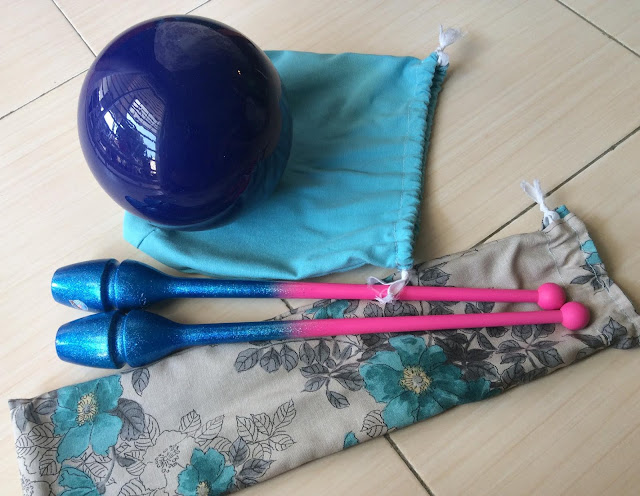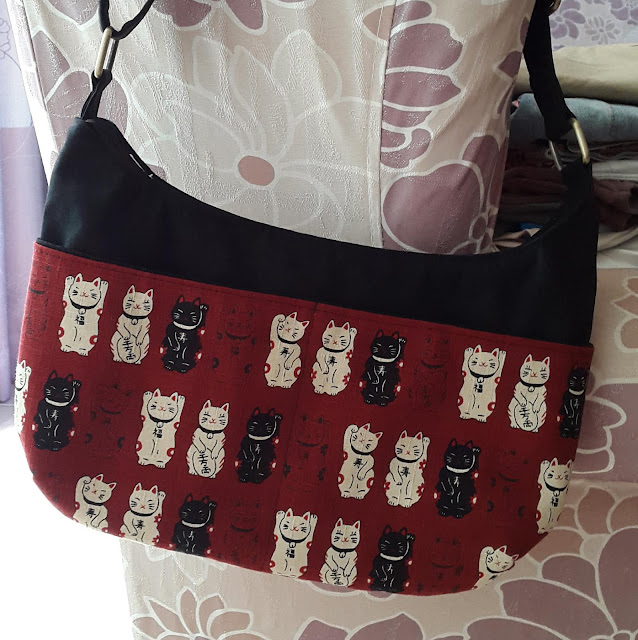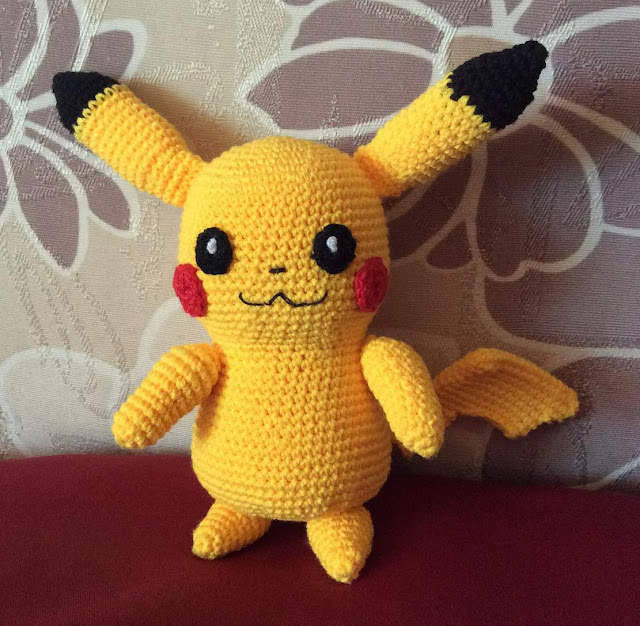I just finished my first sewing project - this
Owl Tote.
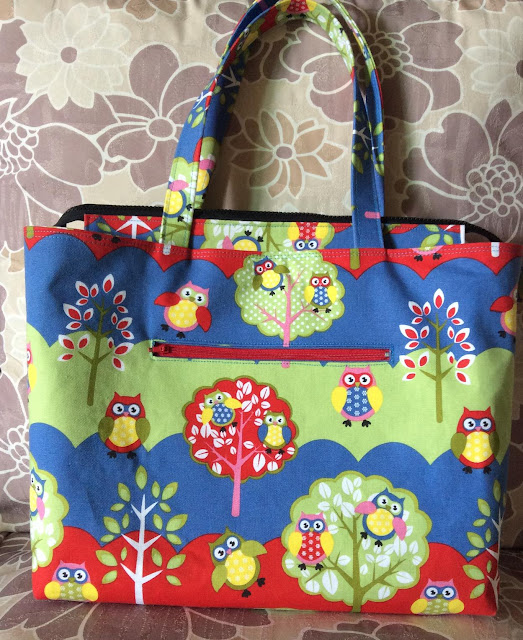 |
| Lined boxed-corner tote with recessed zipper |
Not bad considering it was my first big sewing project, and that I'm new to machine sewing :)
The bag is basically a
boxed-corner bag with lining. I added
welt pockets and a
recessed zipper just to make the work a little more interesting.
 |
| Interior welt pocket |
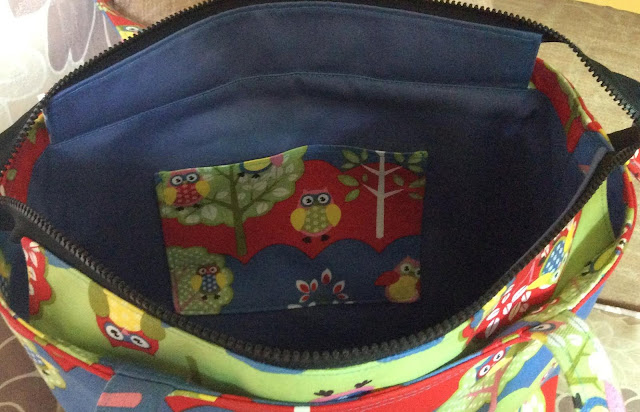 |
| Interior open pocket |
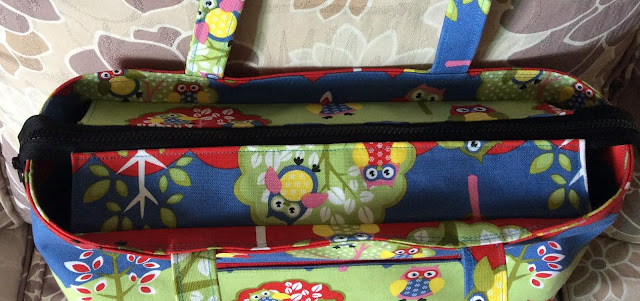 |
| Recessed zipper, with extended zipper on both ends for a wide opening |
There are many tutorials out there on DIY bag making/sewing. These are the ones that I find particularly helpful in making this bag.
On Bag Making Process
ikatbag.com - I am so grateful for this wonderful site by LiEr, the author. She wrote a
whole series on bag making! The series is great for understanding bag construction and how to approach sewing a bag by yourself. You can find it at
The Bag Tutorials located at the side panel of the site and navigate from there. Or go straight to the
Blog Archive of
January 2013 when the
first post in the series was written.
Sewing a Boxed-corner Tote with Lining and Zipper
I basically based my bag on
this video tutorial by Debbie Shore. She shows the different pieces of a basic lined, boxed-corner tote and how they are sewn together. Very easy to follow.
Welt Pocket
How to add a zipper pocket to any purse pattern by So Sew Easy.
Simple instructions with helpful tips. I particularly like that it shows a few variations, all well explained.
Bag Straps
Sew Perfect Fabric Bag Straps by Sewplicity - For simple and basic bag straps.
ikatbag.com has a full chapter on bag straps as well, with some more advanced techniques.
Recessed Zipper
How to sew a recessed zipper on a bag by So Sew Easy - Clear instructions and very easy to follow. There's a video tutorial as well. Debbie Shore's tote bag video tutorial includes sewing the recessed zipper but I find it quicker to refer to this one as it is only about creating the zipper panels and sewing them to the bag.
Zipper Tabs
My oh my... these tiny, seemingly easy pieces are the most finicky! I was finally satisfied with the ones made by following
this tutorial from Sew4Home. I also took the time to hand-baste the whole thing before sewing - helped a lot!
Bag Bottom
I contemplated adding a bag bottom insert to strengthen the bottom but decided to go ahead without one (for now), because I didn't want to "waste" a piece of my very precious stiff interfacing. Bag interfacing is so expensive and so hard to come by here. But if I had, I was going to follow
this tutorial by You SEW Girl which uses
Peltex. Some other options would include using
thin plastic crafting sheets (available at local craft stores),
thin plastic cutting boards (i.e. available at Daiso),
reuse/recycle bag bottoms from old bags. I figure I can always make a separate insertable/removable piece in the future, if the need arises. Anyway, we'll see how the bag holds up to wear and tear without one.
My Bag Pattern / Dimensions
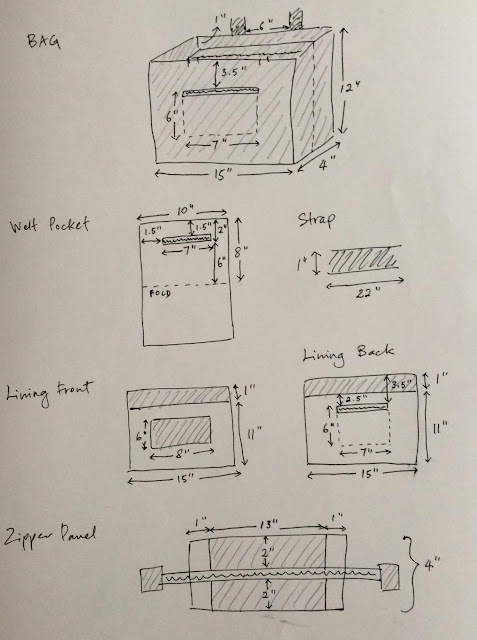 |
| Bag pattern / dimensions |
My goal is to have a bag that is
15" wide, 12" tall and 4" deep, with straps that would enable the bag to be carried on the shoulder - about 22" long. Pockets and other dimensions are then worked out from these decisions.
I use 1/2" seam allowance on all pieces. The dimensions of the pieces below take this seam allowance into account.
Bag Exterior (front & back) :
Exterior Fabric 20" x 15" (x 2 pieces)
Front Welt Pocket:
7" zipper
Lining Fabric 10" x 16"
Bag Interior (front & back):
The interior is divided into 2 sections - the main lining body and the top 1 inch that goes above the zipper panel. For aesthetic reasons, I use exterior fabric for the top 1 inch and lining fabric for the main body.
Exterior Fabric 20" x 2" (x 2 pieces)
Lining Fabric 20" x 14" (x 2 pieces)
Interior Front Open Pocket
To add aethestic interest, I use exterior fabric for the front side of the open pocket, and lining fabric for the inside portion. The exterior fabric is also cut a little longer than the lining fabric, so that it extends about 1/2" toward the inside of the pocket.
Exterior Fabric 9" x 8"
Lining Fabric 9" x 6"
Interior Back Welt Pocket
7" zipper
Lining Fabric 10" x 16"
Zipper Panel
19"/20" zipper
Exterior Fabric (top side of panel) 14" x 3" (x 2 pieces)
Lining Fabric (bottom side of panel) 14" x 3" (x 2 pieces)
Bag Straps
Exterior Fabric 4" x 22" (x 2 pieces)
Zipper Tabs
Exterior Fabric 4" x 2.5" (x 2 pieces)
For exterior fabric, I use home decor weight fabric, with thick fusible interfacing.
For lining, I use medium weight cotton fabric, with medium fusible interfacing.
After completing the outer bag and lining, trim off all seam allowances to 1/4" or less. There is quite a lot of bulk especially the part where the zipper panel is sewn to the bag lining.
